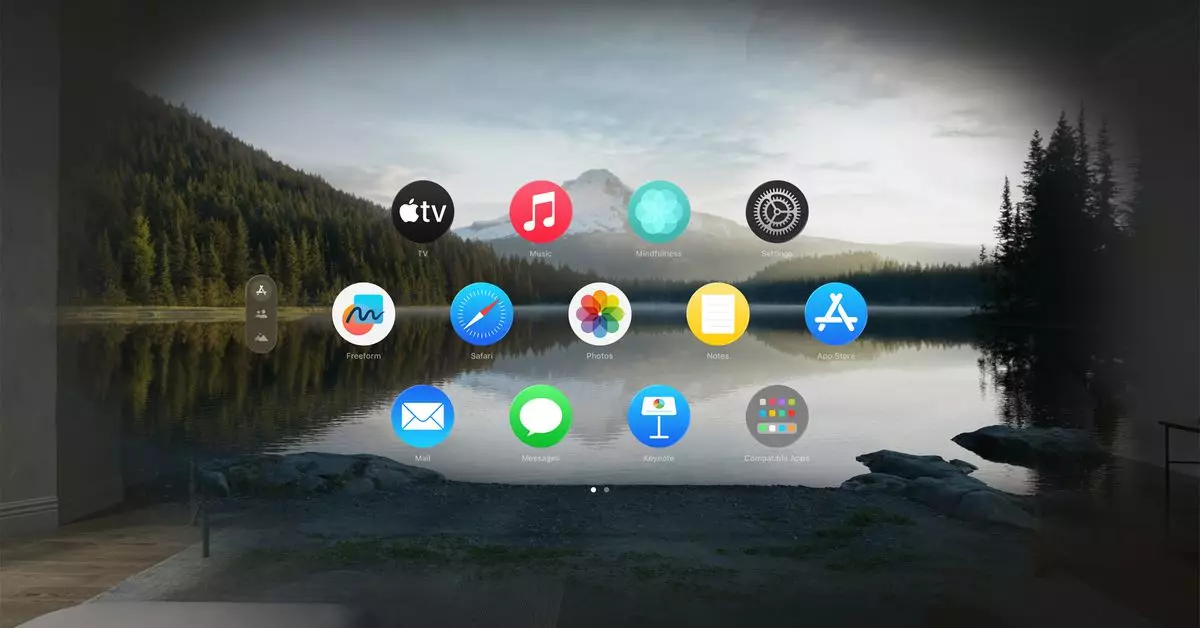Apple recently announced its highly anticipated Vision Pro headset, which is expected to launch with over 1 million apps. However, there are concerns regarding the lack of enthusiasm from developers and the inclusion of Apple’s first-party apps like Podcasts, News, Calendar, and Reminders. In this article, we will explore the challenges that Apple’s Vision Pro headset may face and discuss its potential impact on user experience.
Limited Immersive Experience
When considering the choice to include existing iPad or iPhone versions of apps on the Vision Pro, one can’t help but question the impact on user experience. As stated by Mark Gurman, the immersive 3D effects offered by the Vision Pro might not be necessary for certain apps like Reminders. However, for users who view the Vision Pro as a productivity device, the effectiveness of the main input method in apps such as Calendar becomes crucial.
Gurman’s Power On newsletter sheds light on the overall lack of enthusiasm among developers for the Vision Pro. Factors such as Apple’s 30 percent App Store cut and the limited number of units available at launch have contributed to this lack of interest. The high price of entry for developers who did not receive a Vision Pro developer kit is also a deterrent. App maker Paul Haddad expressed his concerns about the cost in a post on Mastodon, as quoted in the Bloomberg story.
Even major companies like YouTube and Netflix have opted out of creating a native app for the Vision Pro. Instead, users can access their services through Safari. While this may be a viable option, it raises questions about the overall app ecosystem on the Vision Pro and the potential limitations of web-based experiences compared to native apps.
Distinguishing the Vision Pro
The Vision Pro is intended to be a distinct platform from the iPad and iPhone, just like the Apple Watch and Apple TV. The success of these devices, despite not having a vibrant app ecosystem, suggests that the Vision Pro can still thrive. However, the lack of developer enthusiasm remains a concern. The success of a platform is often determined by the availability and quality of its apps, and without ample support from developers, the Vision Pro may face challenges in attracting users.
While the inclusion of cool 3D movie apps can be enticing, it is crucial for the Vision Pro to offer a diverse range of apps to cater to the varied interests and needs of users. Without a wide selection of apps, the Vision Pro may fail to meet the expectations of potential customers who seek a comprehensive and immersive experience.
The potential challenges that Apple’s Vision Pro headset faces are evident. The inclusion of existing iPad and iPhone versions of apps, limited developer enthusiasm, and the absence of major companies’ native apps all pose significant obstacles. To ensure the success of the Vision Pro, Apple must prioritize encouraging developers to create innovative and high-quality apps that fully utilize the headset’s capabilities. Without a robust app ecosystem, the Vision Pro may struggle to establish itself as a must-have device in the market.


Leave a Reply